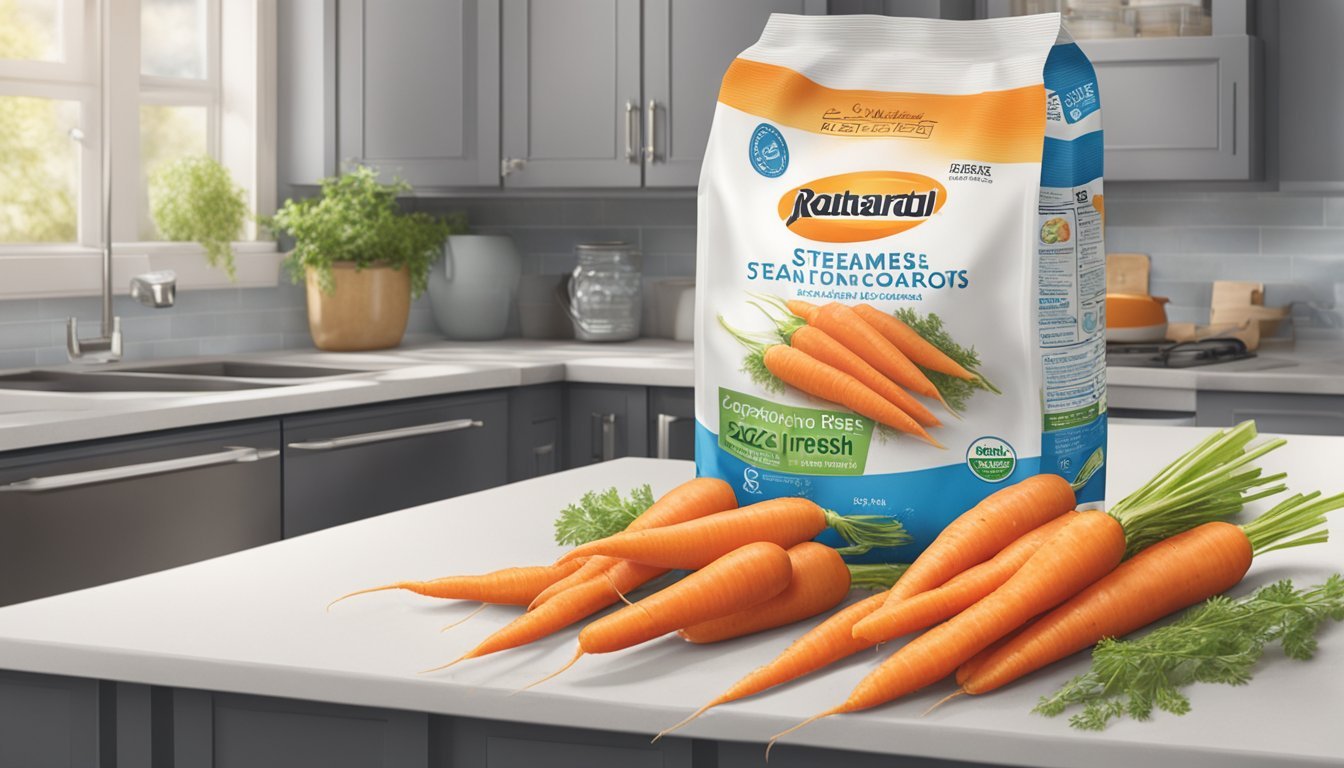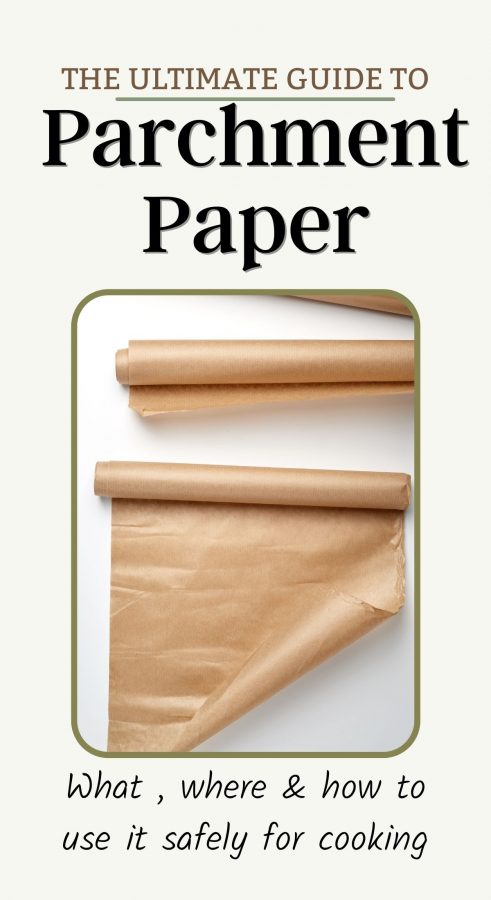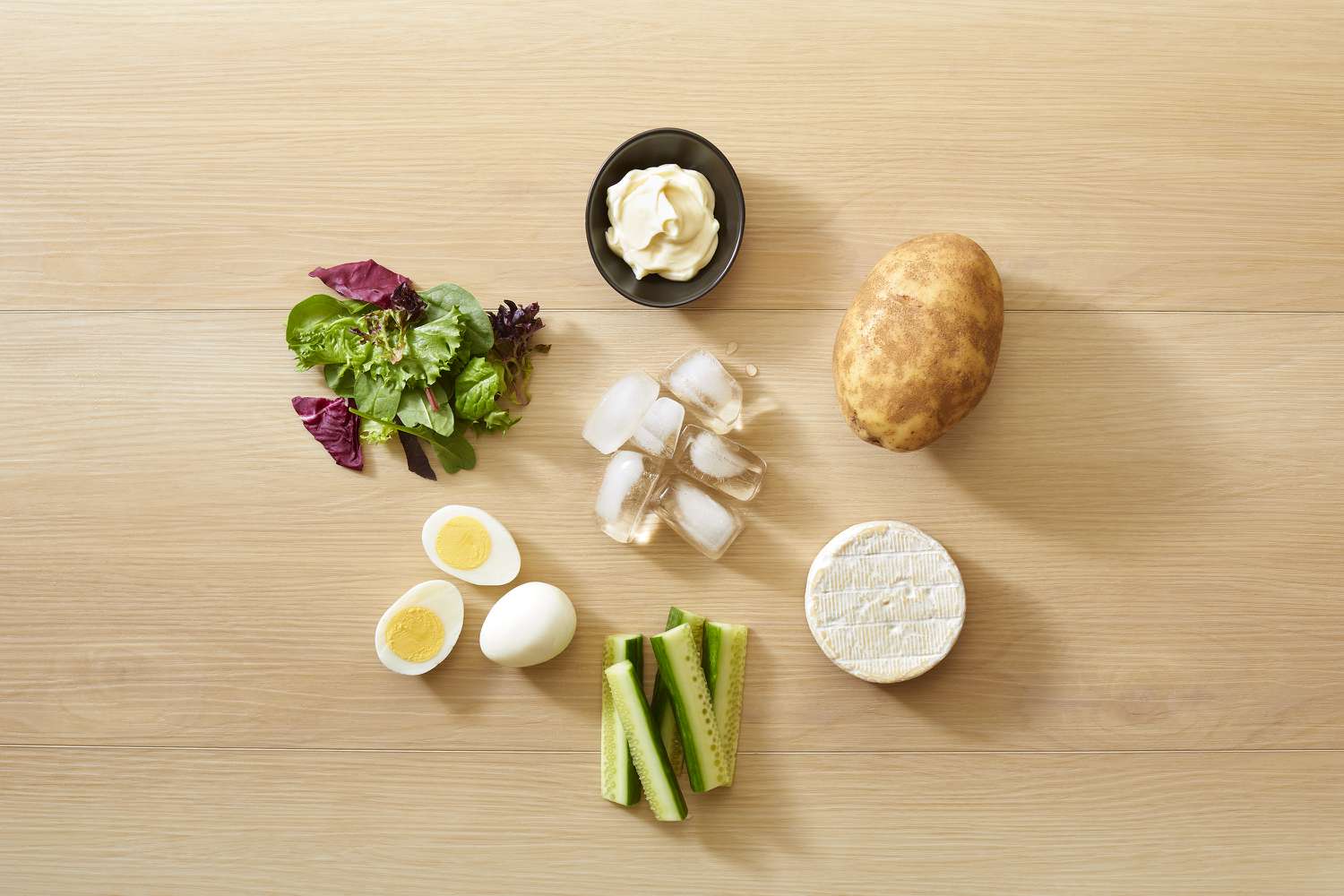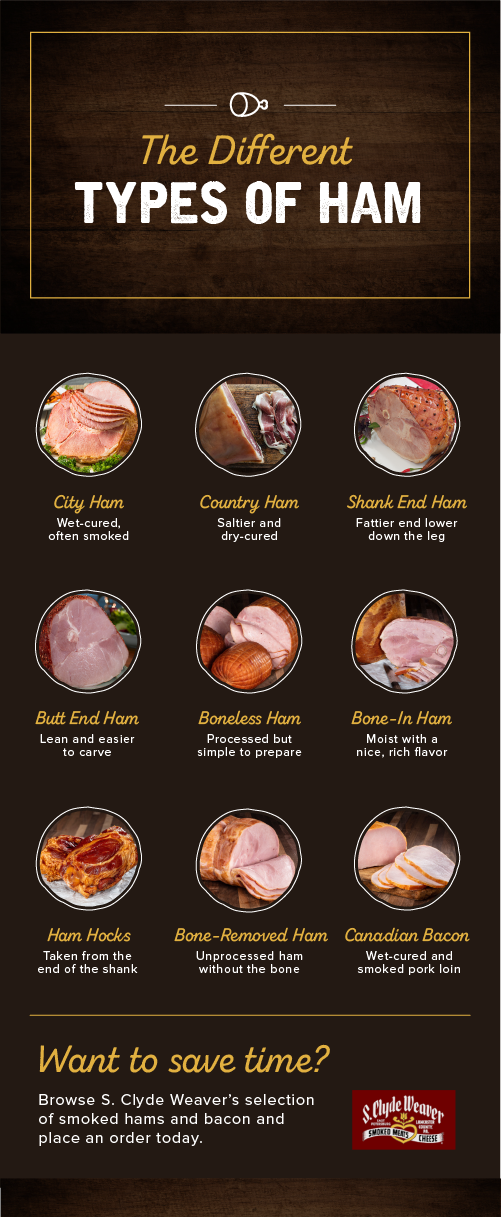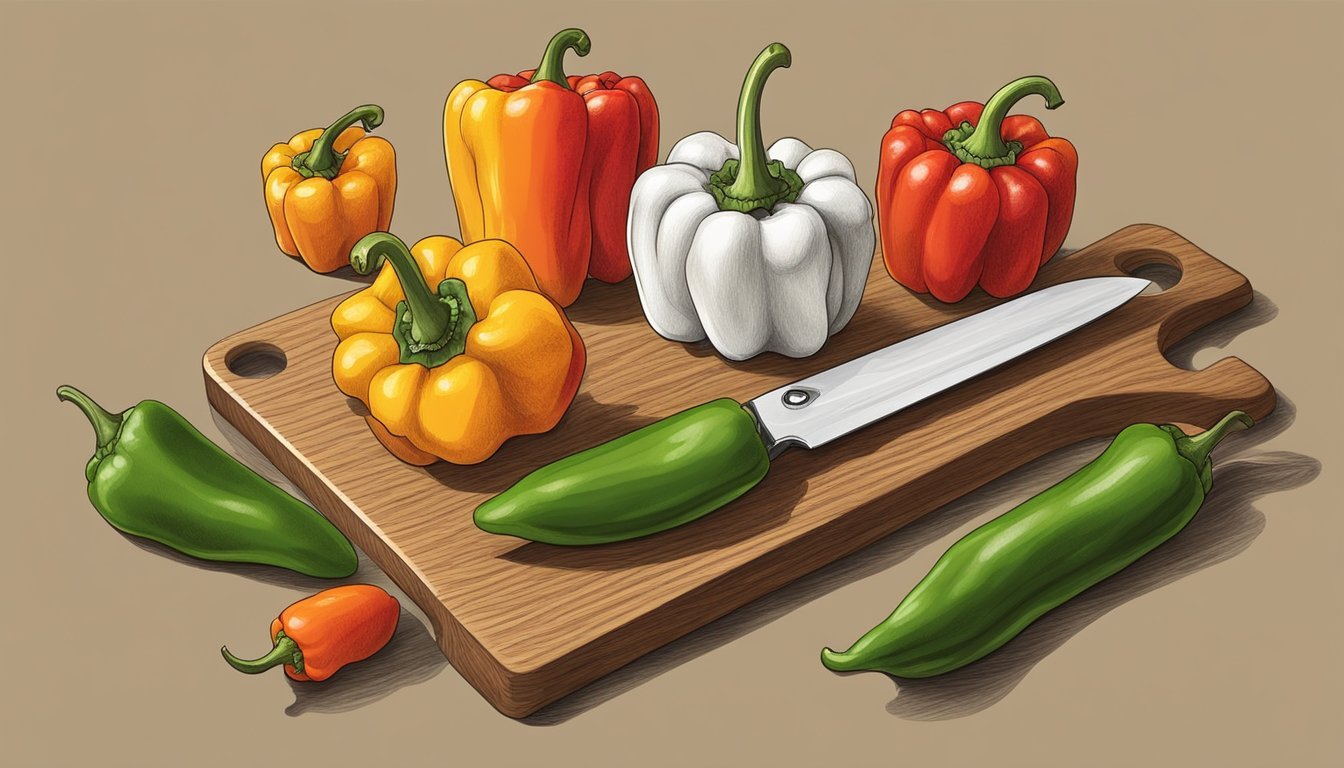How long are carrots good for? A detailed, nutritious guide
– Carrots should be stored in an airtight container in the fridge
– Whole, unpeeled carrots are less susceptible to moisture loss than peeled or baby carrots
– Don’t wash whole, unpeeled carrots until you plan to use them
– Remove carrot greens as they can cause wilting
– Wrap carrots in a paper towel before storing in an airtight container
– Keep carrots in the coolest part of the fridge away from fruits that produce ethylene gas
– Peeled carrots need moisture to prevent drying out
– Store peeled carrots in cool water that needs to be periodically changed every 4-5 days
– Cut carrots can be stored by wrapping them in a damp paper towel and placing them in an airtight container in a colder section of the fridge
– Raw, unpeeled carrots last 3-4 weeks in the fridge, while peeled or sliced carrots last 2-3 weeks
– Cooked carrots last 3-5 days in the fridge
– Spoiled or bad carrots have an odor, slimy texture, dark discoloration, wilting, or softness. This article provides information about how to store and freeze carrots. It mentions that if mold is growing on carrots, they should be thrown out. However, carrots with a white blush can be eaten after rinsing them to add moisture. The article also explains how to blanch carrots before freezing them, and provides step-by-step instructions for blanching and freezing. It suggests storing frozen carrots in a zip-top bag in the freezer for up to a year. The article also mentions that frozen carrots can be cooked directly from frozen, but if thawing is desired, the methods of thawing in the fridge or in cold water are provided. Finally, it advises not leaving cooked carrots at temperatures above 40 degrees F for more than two hours to avoid bacterial growth.
